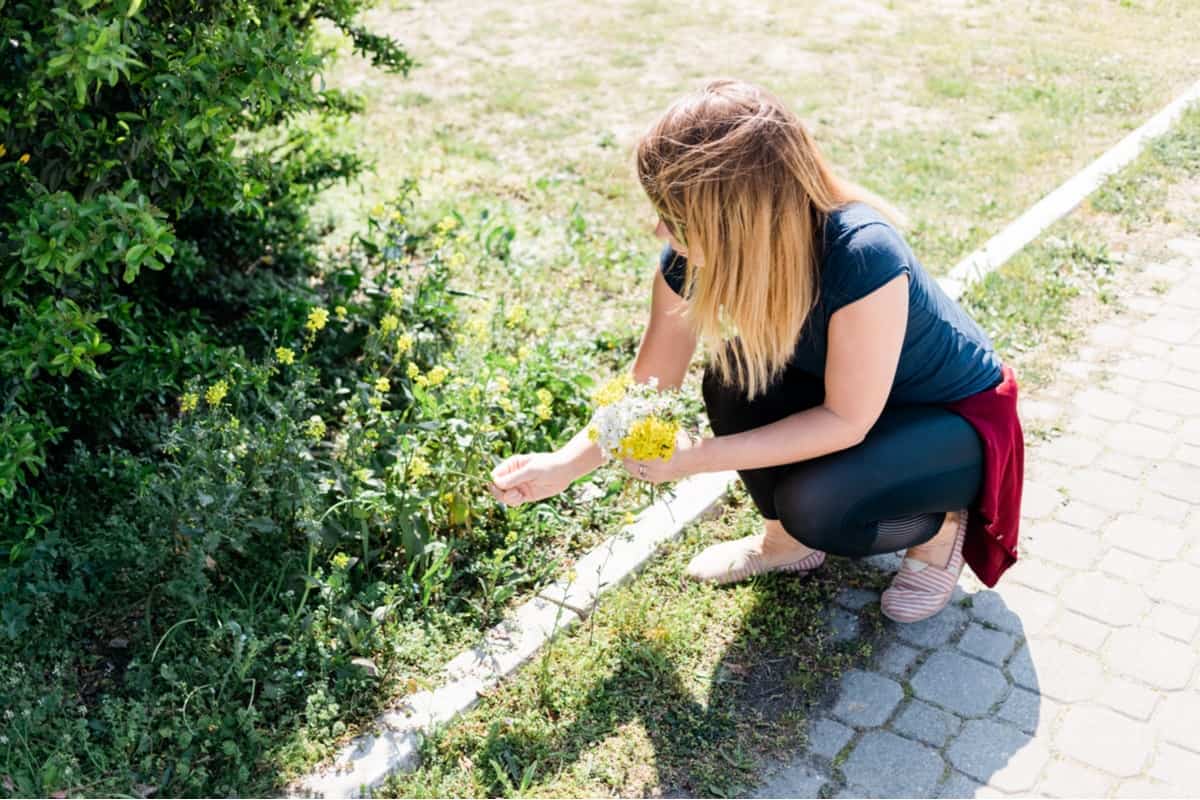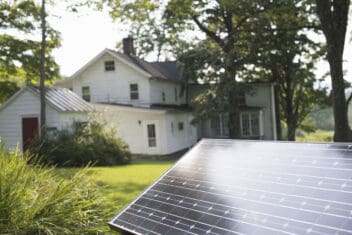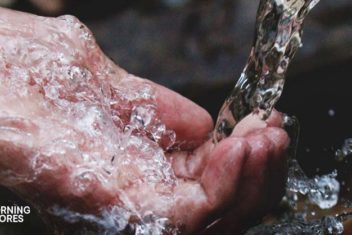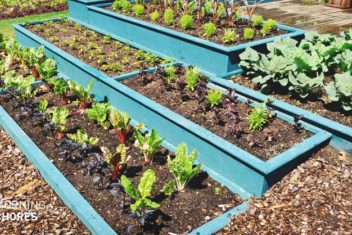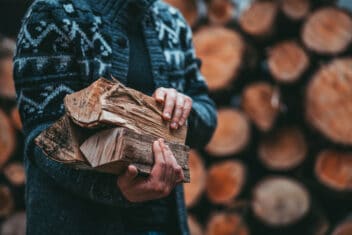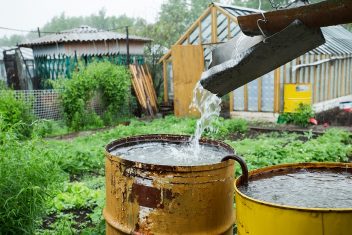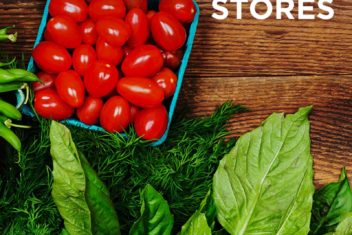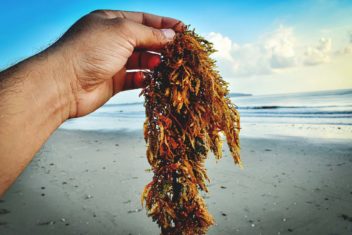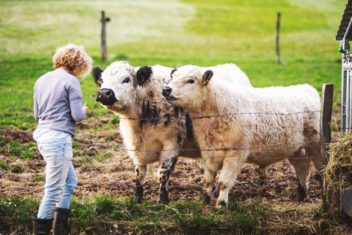Urban foraging is the new craze in homesteading that has taken hold of many people. It’s a way to get closer to nature and find food, medicine, and other valuable treasures in your own backyard – even if you live in the heart of a booming metropolis.
Urban foragers typically scavenge their neighborhood looking for edible plants and other goods. Also known as “wildcrafting,” it is the act of gathering wild plants from public areas. These include parks, sidewalks, and front yards.
This activity can be a great way to get out into nature on your own time and in your own neighborhood. Plus, it’s a way to hone your skills in foraging and to live a life of self-sufficiency regardless of where you live.
Here are some tips on how to get started with urban foraging today.
What is Urban Foraging?
Urban foraging sounds like a trendy, hip, and modern term, but in reality, this is a practice that has been around essentially since the start of civilization.
It is the practice of researching, identifying, and then gathering the wild foods that grow naturally in your city. Examples might include nuts, mushrooms, roots, and flowers. Urban foraging is one of the easiest ways to interact with your landscape and to become more self-sufficient, even if you live in the city.
All you need is a curiosity for nature and a brave palate to give it a try! It’s accessible for everyone, regardless of where you live, and it can help you rethink the way you interact with your surroundings.
Believe it or not, there are probably far more edible plants and other foods in your neighborhood than you might think.
Why Consider Urban Foraging?
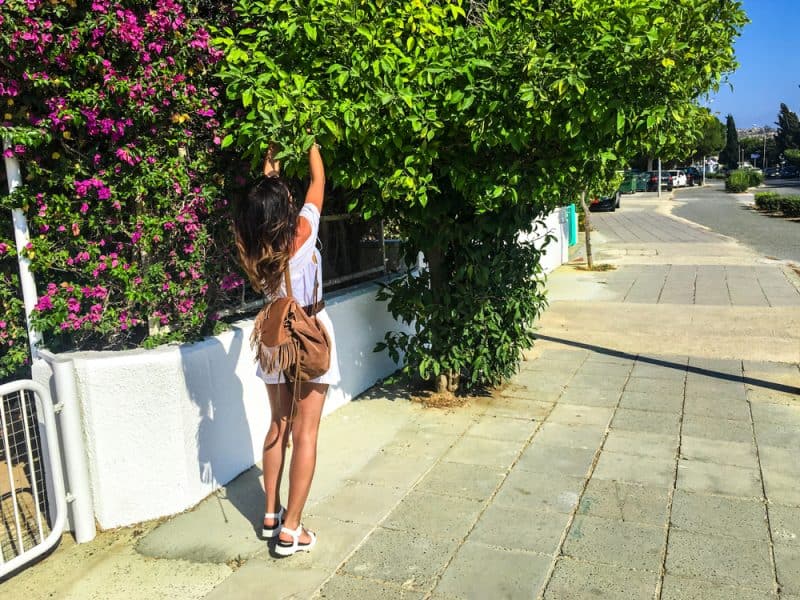
There are countless benefits to giving urban foraging a try.
For one, it’s a lot of fun. What better way to spend a Saturday than by roaming your neighborhood, harvesting tasty greens and flowers that you can then cook up in a new recipe that evening?
It can also help you interact more closely with your surroundings. You’ll be able to reconsider how you access food in a world that is increasingly defined by climate change, pollution, and environmental degradation.
It’s a good way to boost food security, too. While it likely won’t form the bulk (or even a large percentage) of your diet, it’s a good way to become closer to your food and to access more nutritious foods for free. You can add nutrients and diversity to your diet, improving your health in the process.
The beauty of urban foraging is that it allows you to try out modern homesteading principles without having to live in the middle of nowhere. You can be surrounded by buildings and sidewalks and still try your hand at survivalist skills. It’s an enjoyable pastime that can quickly become more than a hobby – and morph into an entire way of life.
Tips to Start Urban Foraging
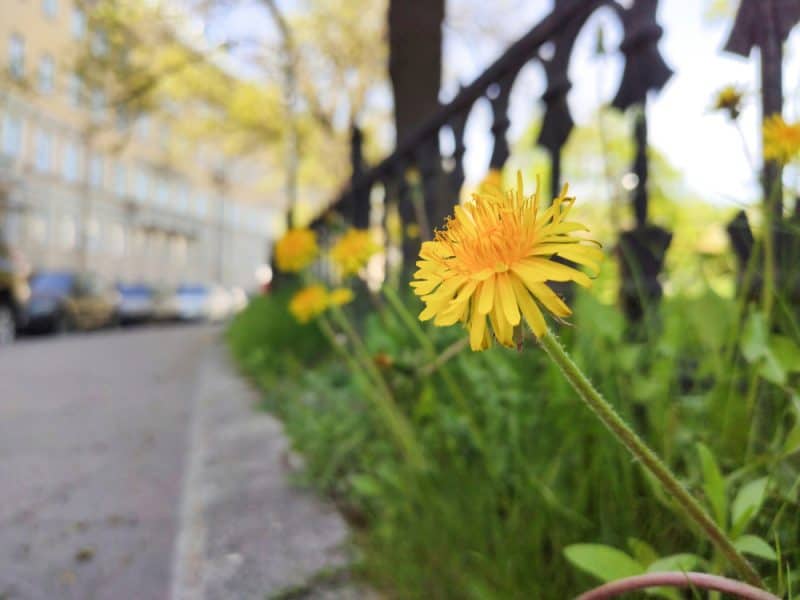
Ready to start urban foraging in your own backyard? Here are some tips to follow as someone new to this long-lost art.
1. Research Local Plants and Animals
Before you do anything else, take the time to become an expert in what’s growing around you. Look up a regional field guide to find out what’s naturally occurring in your state.
You don’t have to lug around a heavy tome, either. Consider using one of the following apps to view a catalog of common edible plants along with tips for identification. Many of these apps also offer fun recipes that you can try:
You must understand which plants are most likely to grow in your area and which ones are safe to eat. Many safe mushrooms and other plants are easily confused with toxic look-alikes, so educate yourself fully before you go. Learn the Latin names of plants, whenever possible, versus the common names – that way, it will be easier for you to figure out which is which.
2. Choose the Ideal Location
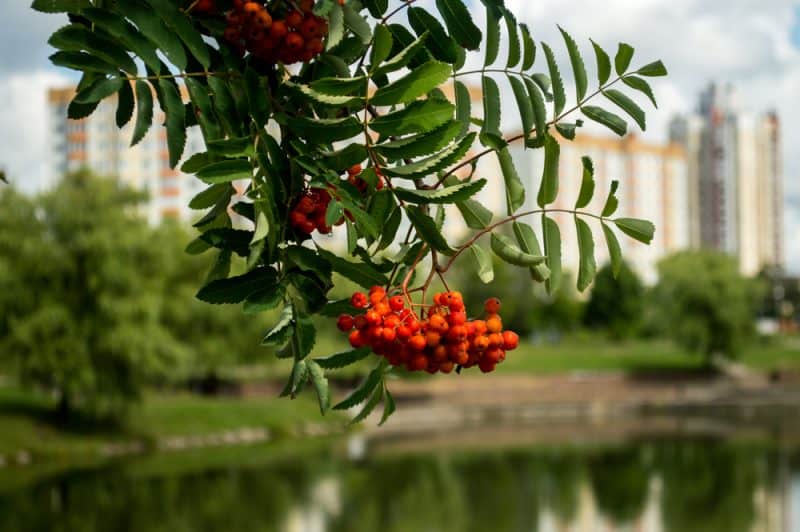
When it comes to urban foraging, location is everything! Unlike foraging in the woods, urban foraging requires an acute awareness of your surroundings.
Areas that are prone to high levels of pollution should be avoided, as should those that might receive runoff from agricultural or industrial operations. Avoid roadways and the areas near the roadway and instead forage in places that have a variety of foliage, such as large parks, vacant lots, and playgrounds.
You can often find community-generated maps of foraging spots online, too.
3. Bring Tools With You
Don’t leave your house empty-handed. Make sure you bring along some tools that will allow you to handle any kind of foraging task with ease (I recommend stashing all your gear in a backpack).
At a bare minimum, bring along the following items:
- Reusable bags or baskets
- Small containers or jars
- Paper bags
- Shears
- Pocket knife
- Pen and paper (to record where and when you found your loot!)
4. Incorporate Your Senses
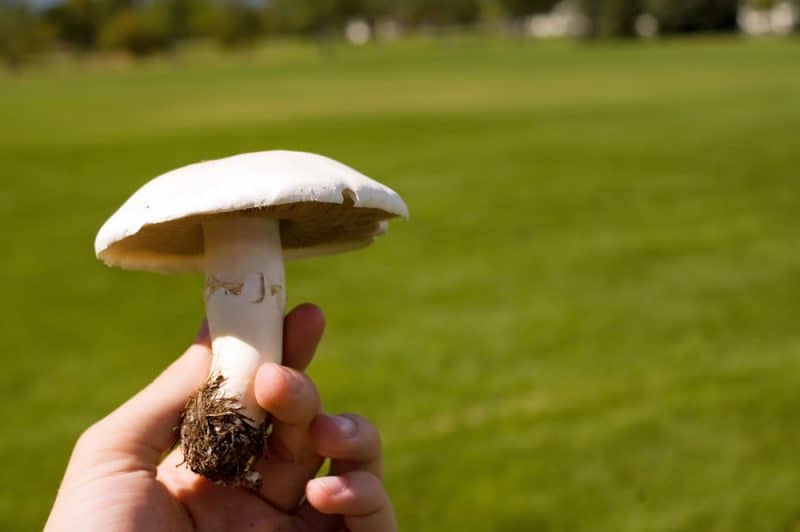
Identifying plants isn’t always easy, especially if you rely on the sense of sight alone. Feel plants for their textures, as this can give you an idea if a plant is edible (or if you are confusing it for a toxic lookalike).
For some goodies you might forage for, like mushrooms, you’ll need to examine all parts of the mushroom to identify it properly. That includes the gills, cap, and stem.
Use your nose to get an idea of what a plant is, too. This can be helpful when identifying things like wild carrots – these will smell just like carrots, while the lookalike poison hemlock will smell unpleasant.
5. Don’t Over Harvest
Remember that even though you’re harvesting and foraging in the middle of a concrete jungle, there still needs to be some balance when it comes to urban foraging. You don’t want to make any kind of environmental impact with your actions.
The good news about urban foraging, especially compared to other types of foraging, is that the plants that grow in urban environments are generally well-adapted to urban life. You don’t have to worry about damaging them, in most cases.
However, in all cases, pick only what you need. Plant species, even those growing in urban areas, are often food sources for animals. If an entire plant is edible, harvest only a small part and consider leaving behind the parts that the plant needs to regrow (like the roots). That way, you can ensure that your foraging won’t harm the local ecosystem.
6. Start Small
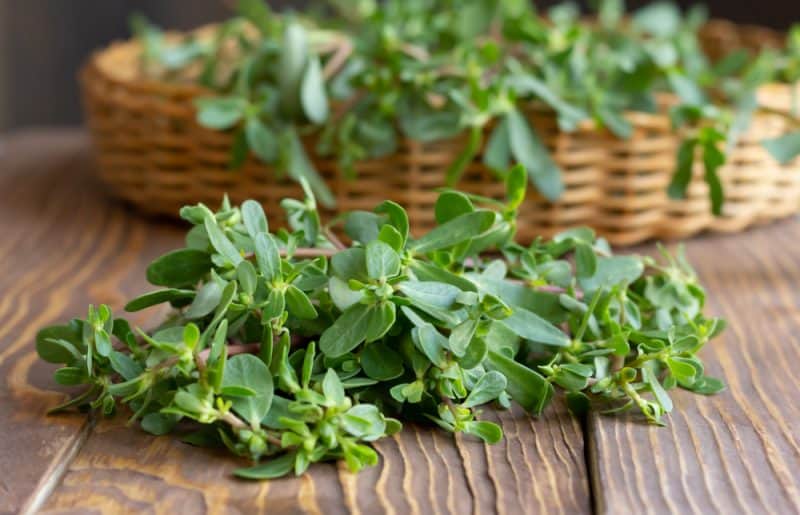
As a beginner, start by identifying easily identifiable plants – and that don’t have toxic lookalikes. For instance, when harvesting mushrooms, stick to the foolproof four – giant puffballs, morels, chanterelles, and chicken of the woods.
These mushrooms have little in the way of poisonous twins, and they are also commonly found growing freely in parks, yards, and other metropolitan areas.
Of course, you can always go after weedy plants, too. These tend to be resilient and found growing just about anywhere in a city.
Look for dandelions and purslane, two weeds that are found growing just about everywhere and taste delicious in salads, teas, and stir-fries. You can also harvest bark, flowers, berries, or leaves. These will work wonders in a variety of recipes.
7. Know the Laws
Before you take clippings of trees and gathering berries in your neighborhood, be sure to research your local laws and bylaws. Some cities don’t allow you to forage on city property, even in underutilized areas like ravines.
You might also have to look into whether your city uses pesticides, herbicides, or other chemicals on the plants it has growing. While a simple rinsing of whatever you harvest will usually do the trick, there are some places that you might be best off avoiding.
8. Join a Local (or Online) Group
Want more hands-on learning, especially if you’re new to urban foraging? Consider signing up for a foraging class or guided tour. Some of these have costs, but there are also free and donation-based courses you might look into. With these classes, you’ll be able to learn the basics of local edible plants.
You can often find classes offered by city park departments, environmental organizations, or even libraries.
Don’t overlook the power of your peers, either. You can often find local foraging groups on social media so that you can pair up to learn more in a risk-free way.
Be Conscientious
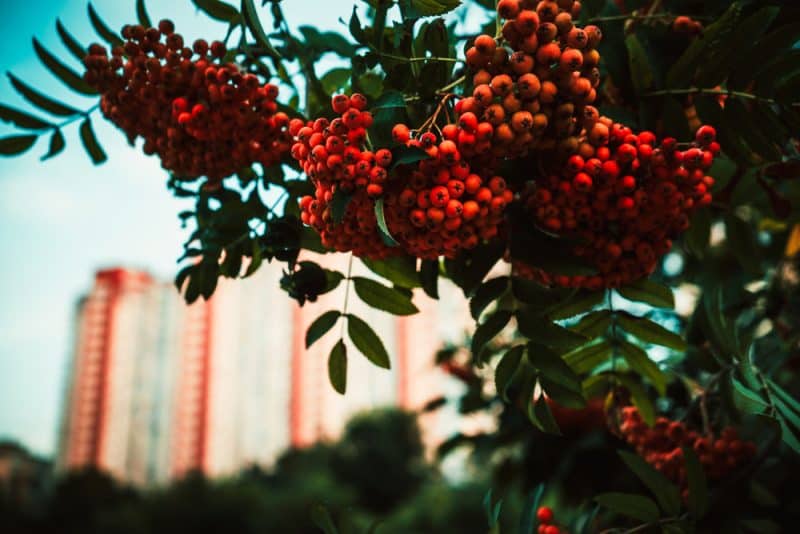
Urban foraging is an activity that allows you to explore your city in a new way. The best part about foraging in a city is the opportunity to connect with nature and take advantage of what’s around you.
However, that’s not to say that you should take full advantage. When you start foraging for sustenance or fun, remember to not take more than what you need. It is all too easy to get caught up in the excitement of urban foraging but it’s important to remember that your environment (even a concrete jungle!) relies on balance to stay healthy.
Be conscientious of that environment and respect your surroundings and the living things around you. That way, both you and other urban foragers will enjoy the landscape for years to come.
